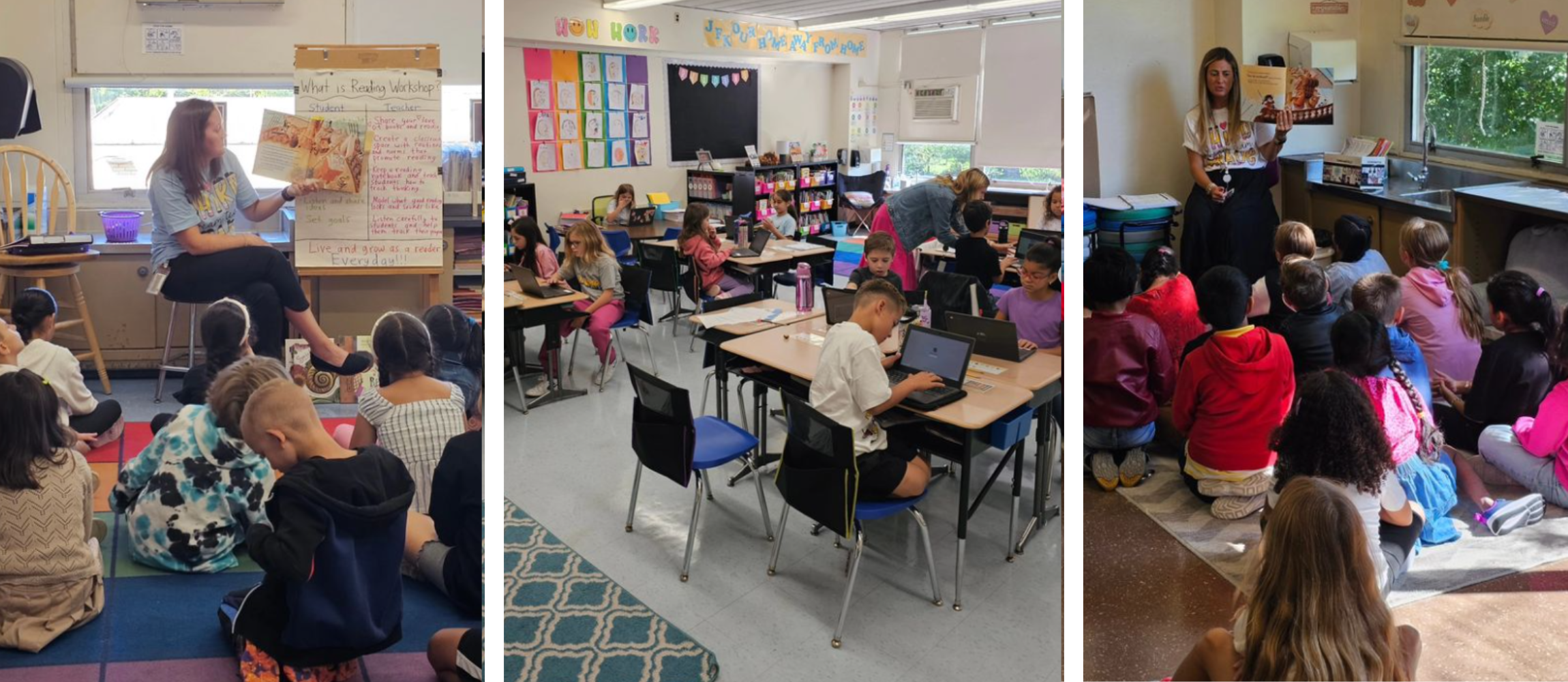The Influence of School Environments on Academic Success and Personal Health
The design of instructional rooms, including natural lighting and ergonomic furniture, can enhance students' focus and convenience. Exactly how can colleges purposefully improve these aspects to much better support their trainees?
Physical Layout and Design
How does the physical format and design of a school impact scholastic success? The setup and visual of an institution environment can dramatically influence trainees' learning end results.
Natural lighting and reliable air flow systems are critical in boosting cognitive feature and lowering absence. Research studies have revealed that classrooms with ample natural light boost trainee focus and decrease sensations of drowsiness. In addition, ergonomic furnishings tailored to pupils' needs can protect against physical discomfort, permitting for extended emphasis and engagement in academic activities.
Access to outdoor rooms and visually pleasing environments likewise play a critical function - Save Temecula Schools. Green areas and well-kept college grounds supply opportunities for workout and mental relaxation, both of which are necessary for preserving high degrees of academic performance. Fundamentally, an attentively developed physical environment can work as a catalyst for scholastic excellence, fostering an atmosphere that sustains both teaching and understanding
Classroom Environment
An environment that cultivates a feeling of safety, inclusivity, and mutual respect encourages students to involve more actively in their learning procedures. The ambiance of a class, including aspects such as illumination, noise levels, and seating arrangements, can considerably impact trainee concentration and inspiration.
In addition, the class ambience must support a society of cooperation and open communication. When students feel comfy expressing their concepts and asking questions, they are most likely to involve deeply with the material and develop important assuming skills - Save Temecula Schools. Peer interactions and team tasks can boost learning by cultivating and giving diverse viewpoints teamwork
In addition, establishing clear assumptions and regular regimens can create a structured atmosphere that permits trainees to concentrate on their researches. By reducing uncertainty and giving a foreseeable structure, students can much better handle their time and responsibilities. Inevitably, a favorable class environment not just improves scholastic efficiency however likewise contributes to the general well-being of students, preparing them for future instructional and personal ventures.
Teacher-Student Relationships
Structure on the value of a positive classroom ambience, the relationships between pupils and teachers play a critical function in shaping academic success. A healthy teacher-student partnership cultivates a learning environment where students feel valued, recognized, and sustained, which dramatically enhances their inspiration and involvement. When trainees view their instructors as approachable and compassionate, they are a lot more most likely to take part proactively in course and look for aid when required, adding to a deeper understanding of the subject.

Reliable interaction is key to supporting these connections. Educators who use open, respectful, and constant communication produce a structure of trust fund. This depend on enables trainees to share their concepts and issues openly, promoting a collective learning setting. In essence, solid teacher-student partnerships are a keystone of academic success, playing an essential function in both academic success and individual growth.
Peer Communications
Peer interactions substantially influence scholastic success by shaping a student's social and cognitive advancement. Positive peer interactions can boost a pupil's motivation and interaction in scholastic tasks with collective discovering and mutual assistance.

Efficient peer communications also add to the growth of important life abilities, such as communication, more information cooperation, and conflict resolution. These social competencies are important for both scholastic success and individual well-being, emphasizing the significance of cultivating positive peer dynamics within the college environment.
After-school Activities
Involving in extracurricular activities plays a critical duty in a student's academic success and individual growth. These tasks, ranging from sports groups to debate clubs, provide pupils possibilities to develop useful abilities such as leadership, time administration, and synergy. Research consistently suggests that students who join extracurricular activities have a tendency to achieve higher scholastic efficiency. This relationship is often credited to the structured atmosphere and the discipline called for to stabilize both extracurricular and academic dedications.
Additionally, extracurricular involvement promotes a feeling of belonging and neighborhood, which is crucial for personal well-being. Joining team activities allows pupils to construct and enhance social networks, boosting their emotional and social intelligence. These interactions are crucial for establishing social skills that are valuable in both academic and future expert settings.
Additionally, after-school activities supply a positive outlet for pupils to explore their rate of interests and passions beyond the typical curriculum. This expedition can cause the exploration of brand-new talents and prospective occupation paths, better motivating pupils to involve more deeply in their academic work. In verdict, the role of extracurricular activities extends beyond mere entertainment; they are essential to fostering an alternative educational experience that promotes both academic success and individual growth.
Verdict
Altogether, the influence of institution atmospheres on both scholastic success and personal wellness is profound. Thoughtfully designed physical designs and classrooms, in addition to favorable teacher-student partnerships and positive peer communications, significantly boost student inspiration and interaction. Furthermore, the presence of supportive educators can minimize stress, cultivating a supporting environment for holistic advancement. These components collectively underscore the value of developing and preserving ideal school atmospheres for the benefit of trainees' individual and scholastic development.
Ultimately, a favorable class atmosphere not only enhances scholastic performance yet additionally contributes to the total health of trainees, preparing them for future educational and individual endeavors.
